Writing and film each capture something the other doesn’t. Writing summons a depth of the reader’s imagination that they might not recognize they possess. Film, in its realization of imagination, surpasses it.
My latest video, Playing with Pictures, is out. Below is the text version of what I say over on YouTube, but I really hope you’ll have a look at the video. There’s a lot in there that works better as moving pictures than text. Even better, this one’s kind of funny.
I hope you dig it!
~~
All the time I’ve spent working on my zine-a-month project over the last few years has taught me one simple truth - It’s important to play with the photos you make.
I don’t mean playing games or anything like that. What I mean by playing with your photos is getting them out into the real world as physical objects so you can handle them, touch them, and start to experience them in a very different way from how you do on a screen.
For the longest time I really struggled turning my archive of photos into finished tangible products. I would just get too overwhelmed trying to interact with them on my computer.
I think the screen’s limited space and the awkwardness of arranging everything with a mouse just made the experience kind of unenjoyable.
Once I started printing it immediately became so much easier to get a broad sense of what images I had and what I could do with them.
I know if feels like you should have a librarian’s knowledge of your own work, but when you’ve spent years working on something, it can be easy to lose track.
I started really looking forward to when I got to print, and looking back on it now I realize it’s because, for me, the whole process had three of the biggest characteristics of play. For instance:
Making a print is like getting a roll of film back from the lab, you get this excited feeling of seeing how your image has turned out. And then once you have a bunch of them, it’s almost like you’re building a deck of cards that gets more powerful with every new photo.
Simply put, they’re just fun to hold and move around and shuffle.
There’s something about touching and arranging photos that can really stoke your creative fires. You’ll find relationships surfacing between the images that you might not otherwise have noticed before. Or you might even come up with entirely new ways of showing your work.
Playing with your photos basically breaks the habits you’ve formed in how you think about them. And breaking these habits helps you see with a fresh surge of creativity.
My project Serial Music would probably never have happened if I hadn’t been making small prints of all my images. But I had to overcome the hesitance I felt around putting money into making hundreds of prints, because I knew I’d never see a direct financial return on them.
The thing with play is that you do it despite the fact that it doesn’t make you money, it’s for the experience and not for any financial kickback. Once I got into the habit of printing work and seeing in this stack of prints the potential for a fully realized project, I started to gain confidence in myself, in my work and in the time I’d spent on my own photography. This has been super valuable to me in its own right.
Ok, now that I’ve spent some time talking up the value of playing with your photos, here are a few ways that I got started with it. (This part REALLY benefits from watching the vid)
Here’s how I’ve been playing with them:
My wife and I found this giant mirror abandoned on the street one day. Koreans have a whole thing about ghosts and mirrors, but we don’t so we jacked it. Once it was back in the studio it became my de facto canvas, a place for me to stick up all the photos I’d been printing and display them in a way that I think looked good. I’m pretty sure this was where I first started to notice some of the images worked well in pairs, and the seed for Serial Music, a project all about pairing pictures, was planted.
The second way I played with the photos was during the pairing process. I’ll make a whole video about this a little later, but there are any number of ways to bring images together to find which ones work together. I tried maximal approaches, minimal approaches and subtractive approaches. Each method of pairing photos got me to handle the photos differently, and that made me think about them differently too.
You might have been thinking it by now, but play’s the most fun when you do it together. I had the most fun, and honestly learned so much about my own work, when a friend would visit and we’d have a look at the photos together, seeing each other’s way of making pairs and discussing the project. Photo projects can be personal and kind of insular, but liberating the images from the screen also freed them from me in some ways, to being engaged with by my friends and the people close to me.
What I think is so special about this middle part of the project, once you’ve got photos but they’ve not yet found their form, is that, and I know this sounds kind of silly, but I mean it, is that this time spent physically handling it is how you bond with your project. It’s how you really get to know it.
Playing with Pictures is out now and I hope you get to see it. If you don’t want a rehash of what you’ve just read, the whole first minute is its own little short film and it’s not covered here on Substack. Dollars to donuts you’ll dig it.
Cheers,
Chris ✌️




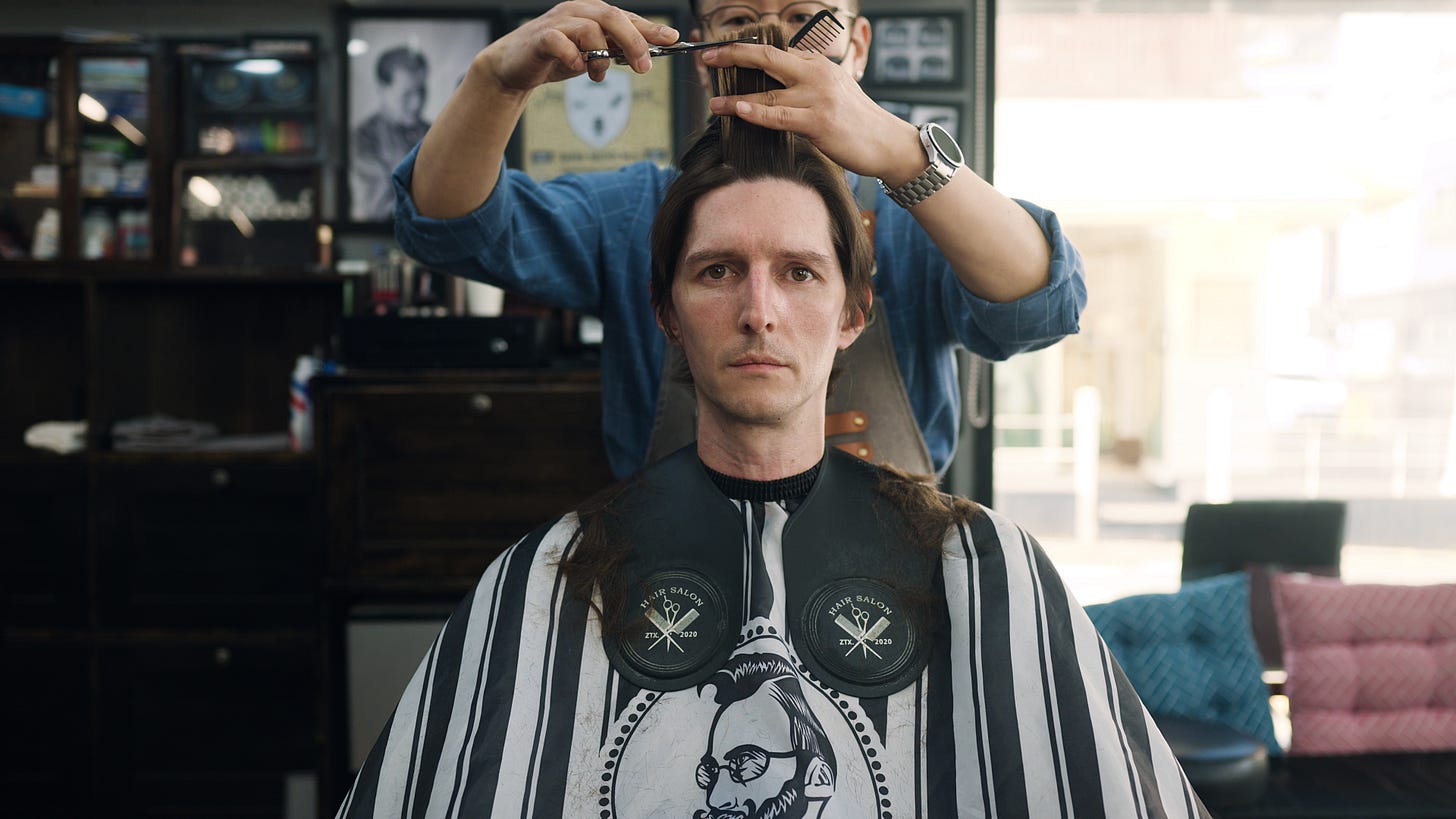
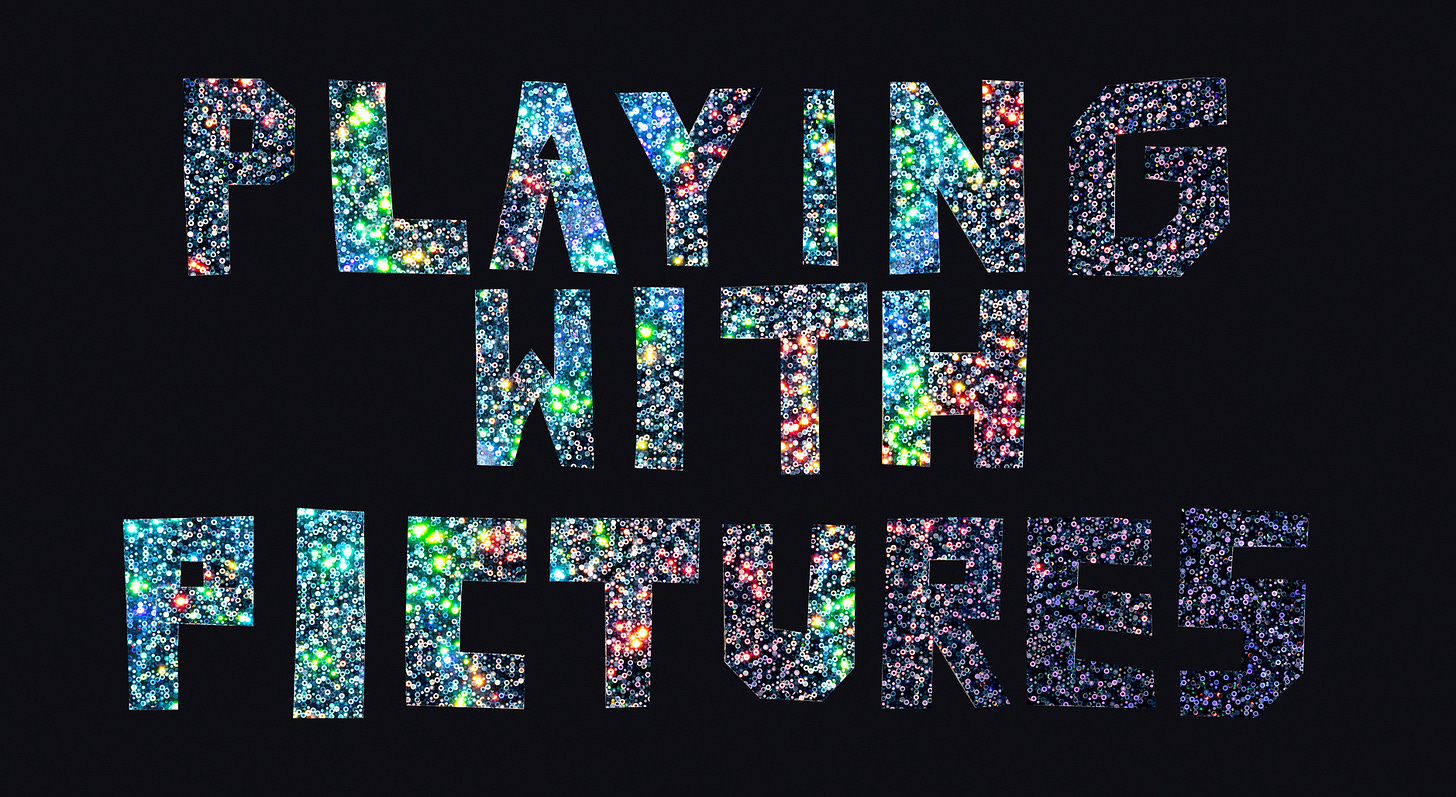
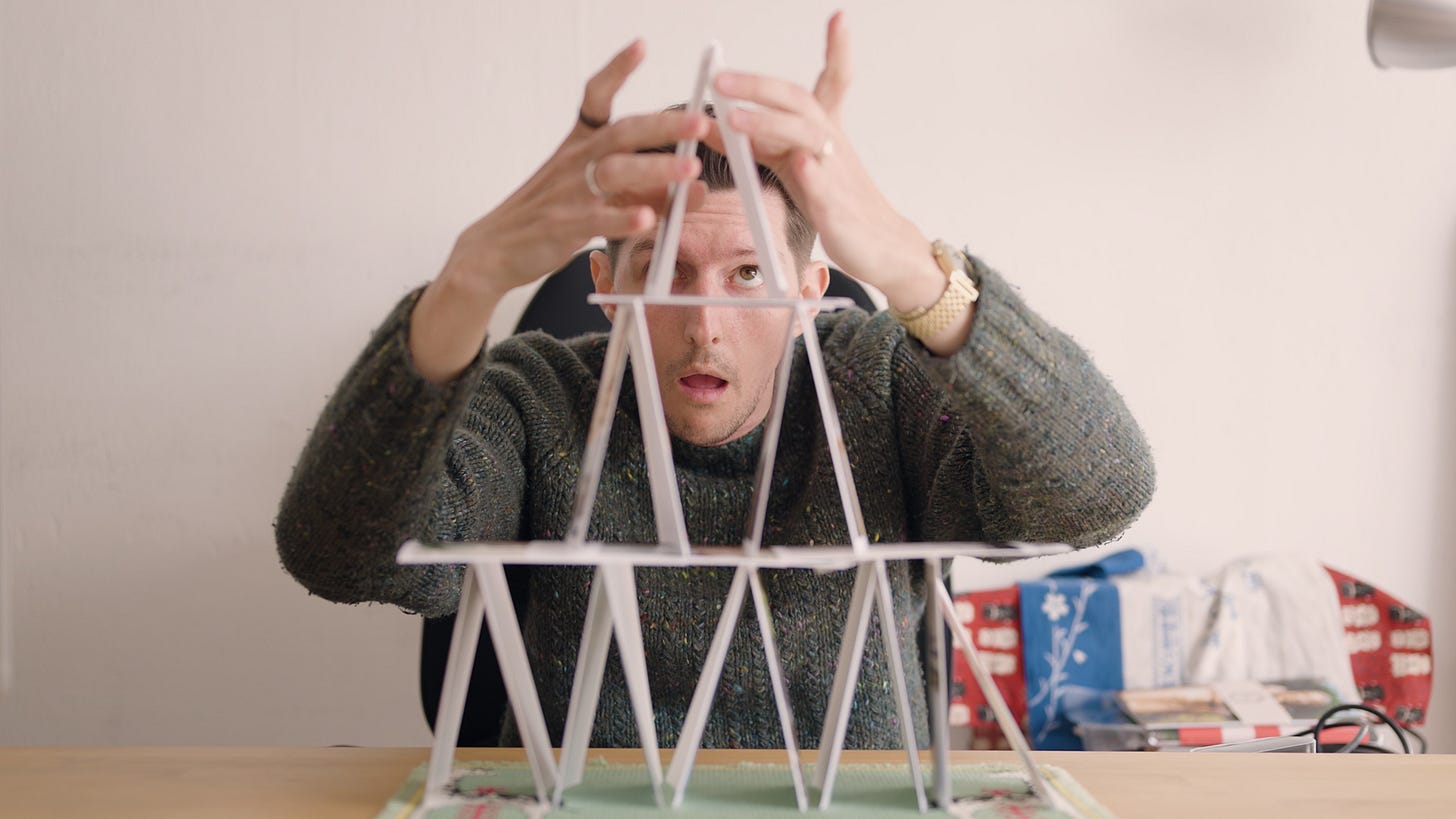



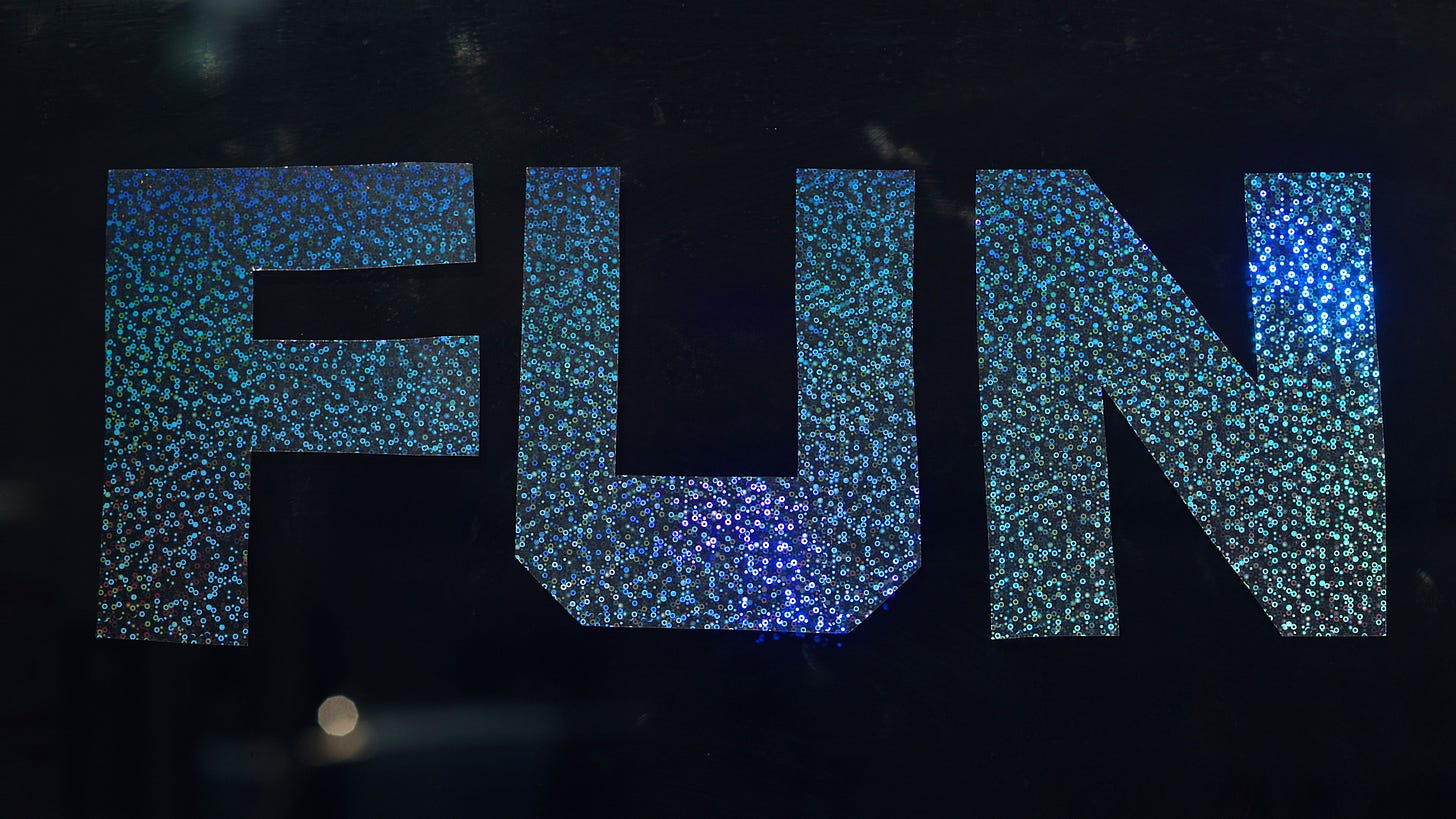

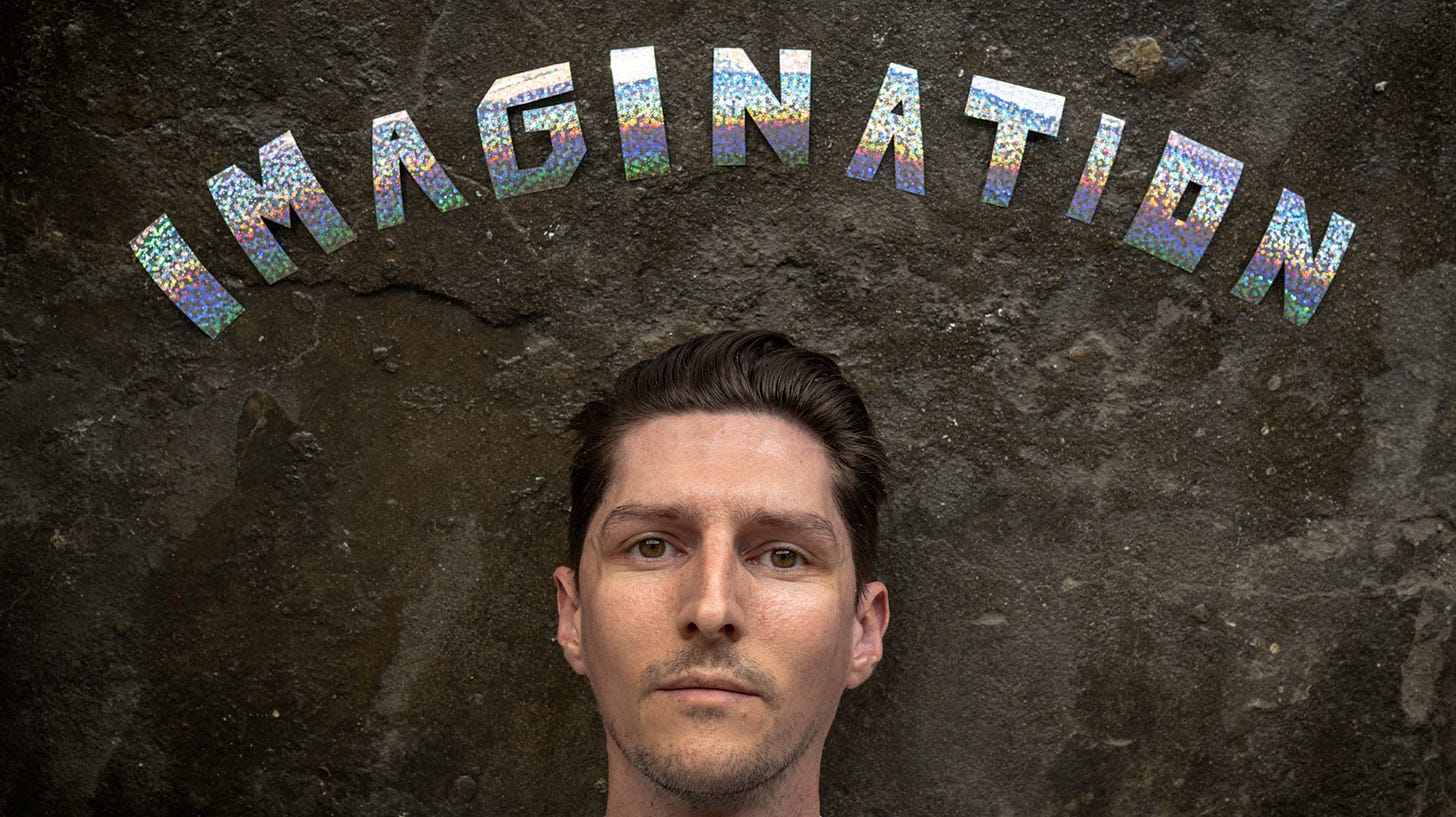
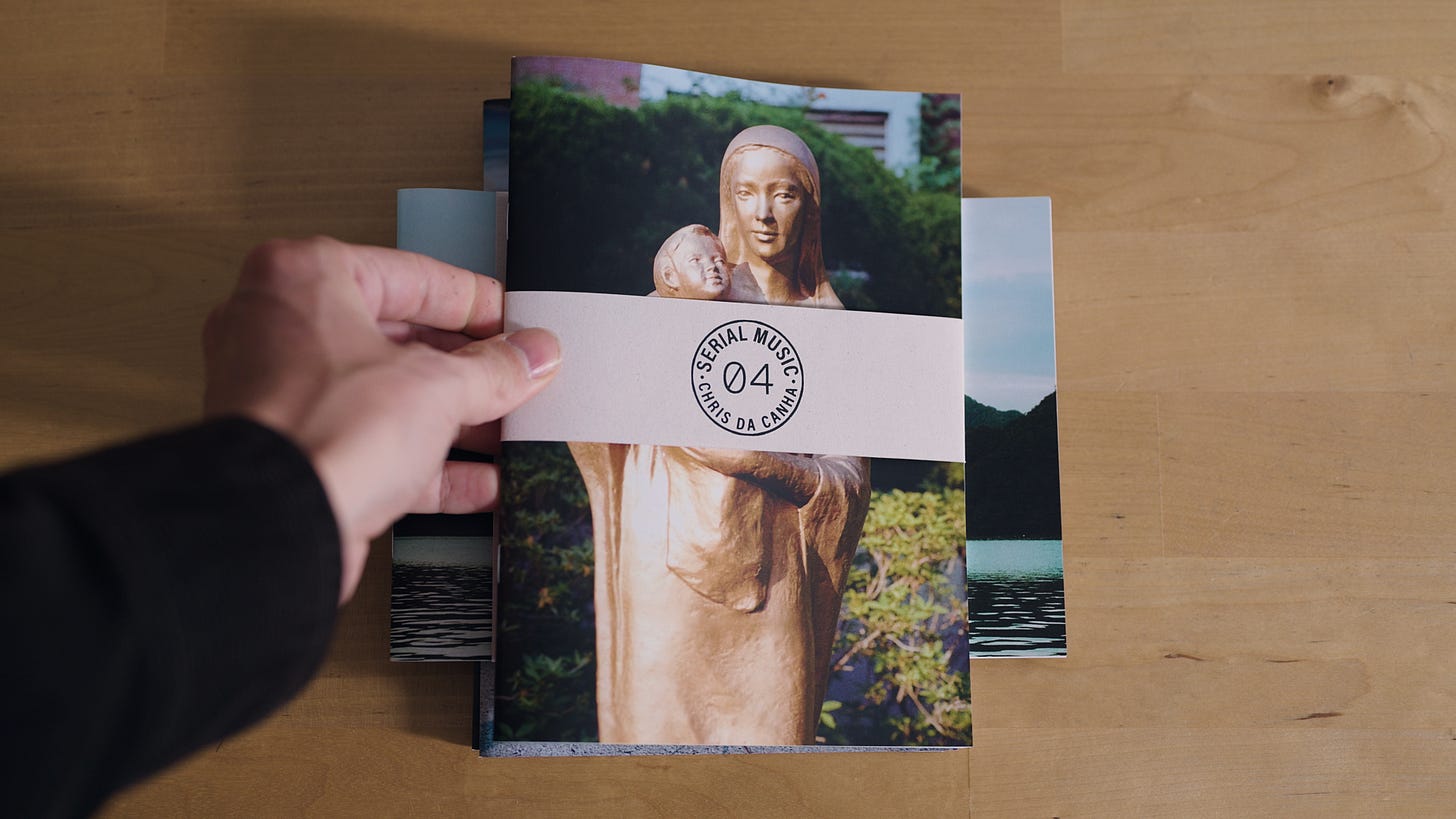
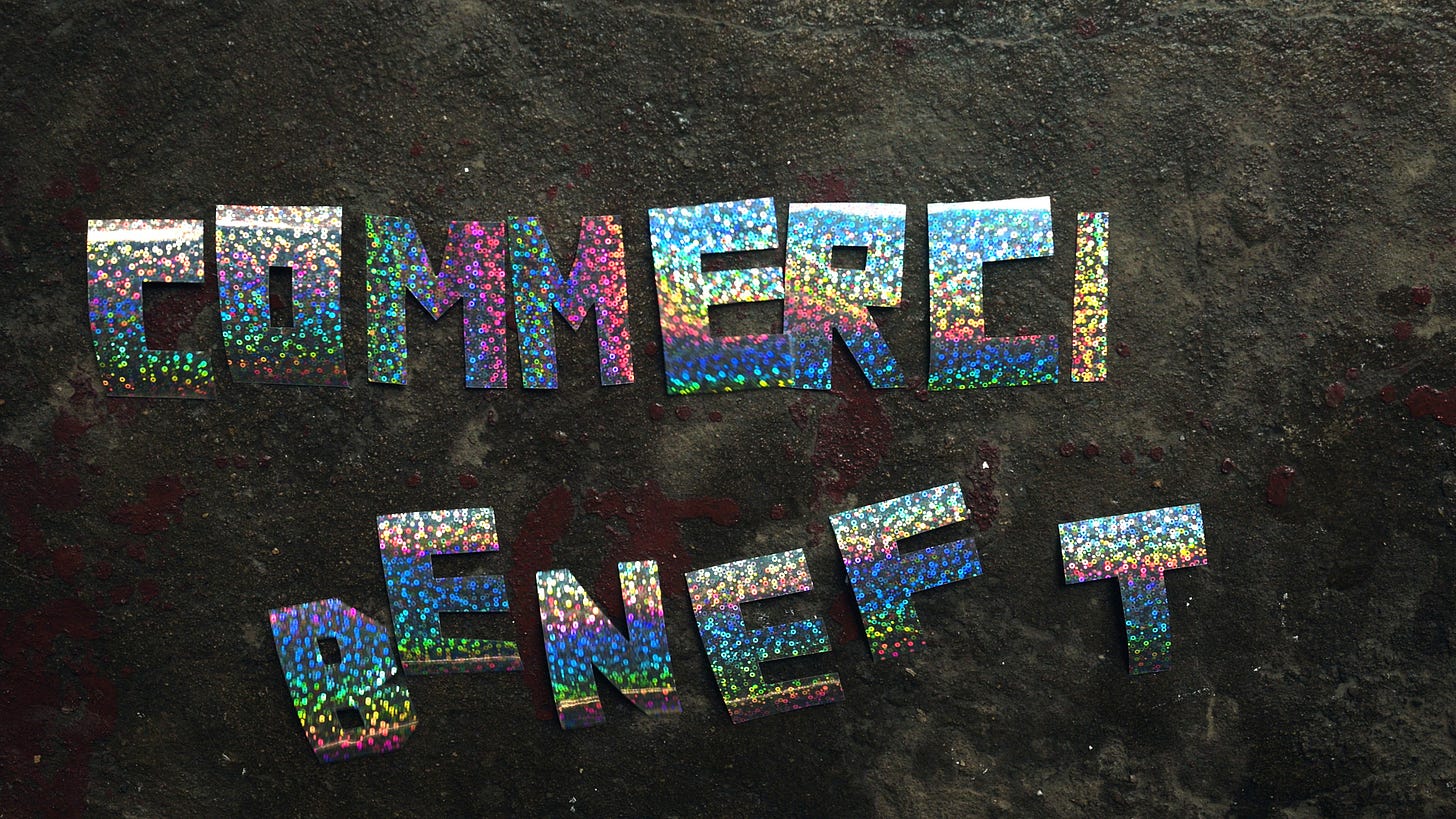
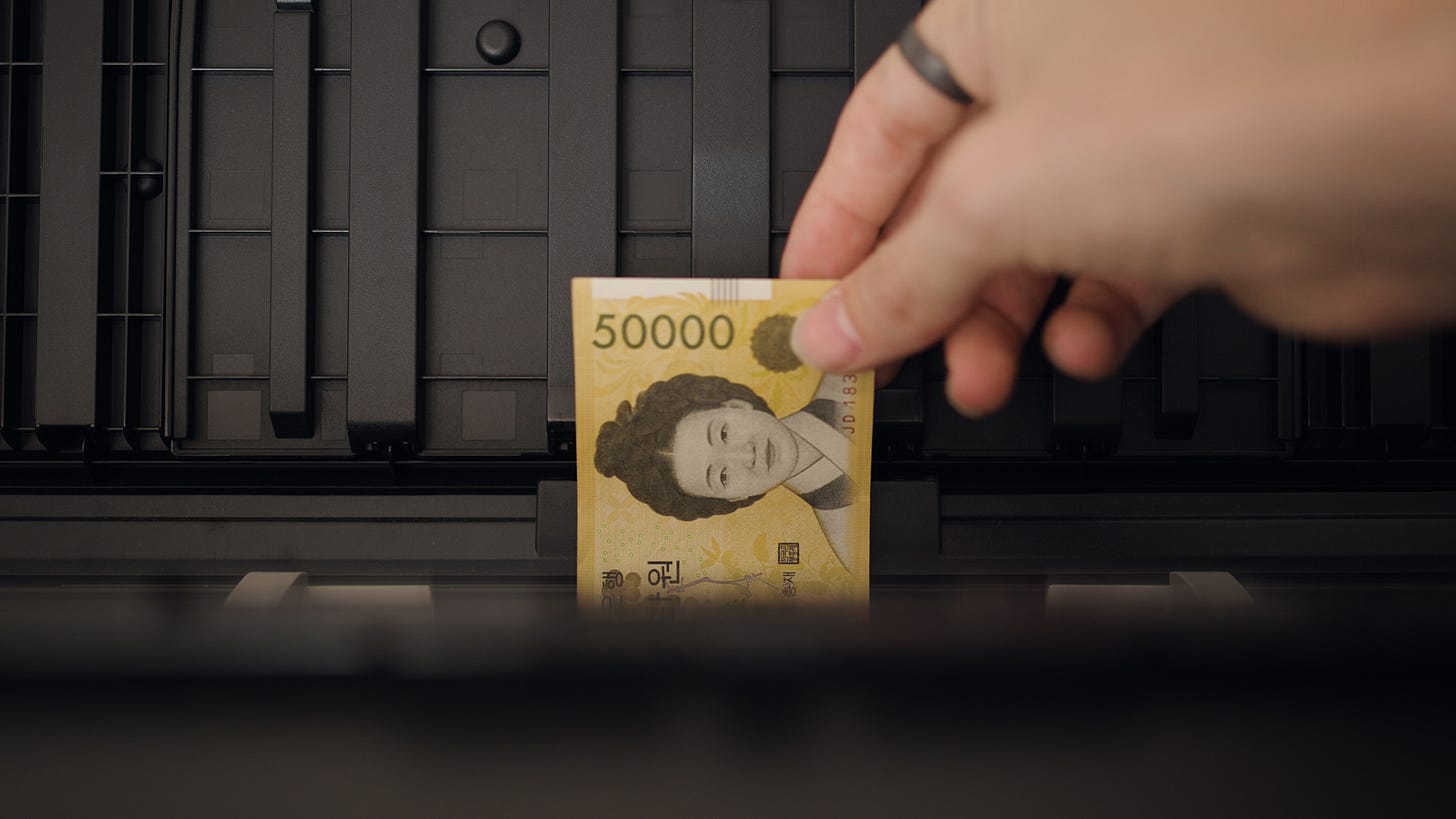



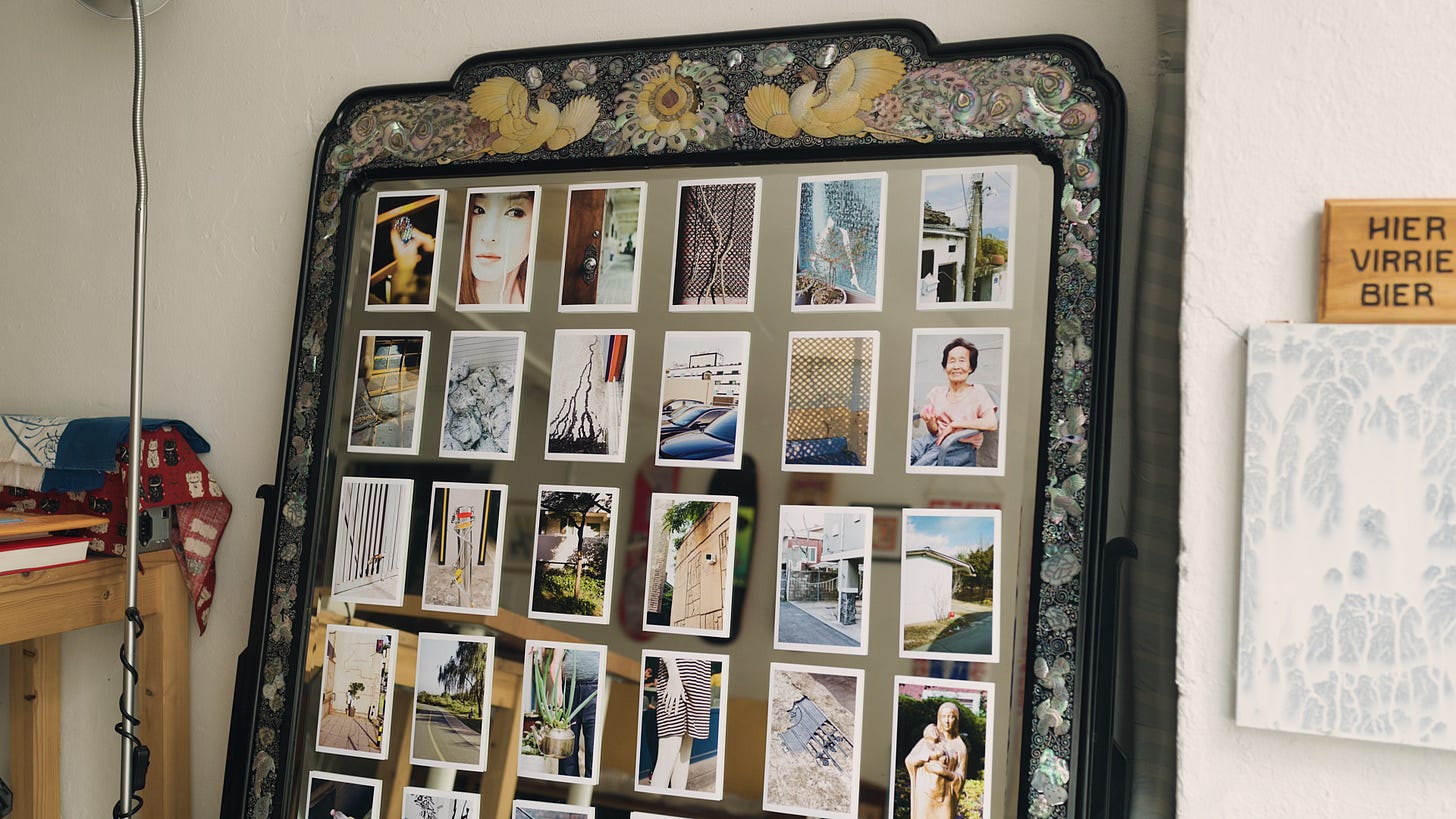

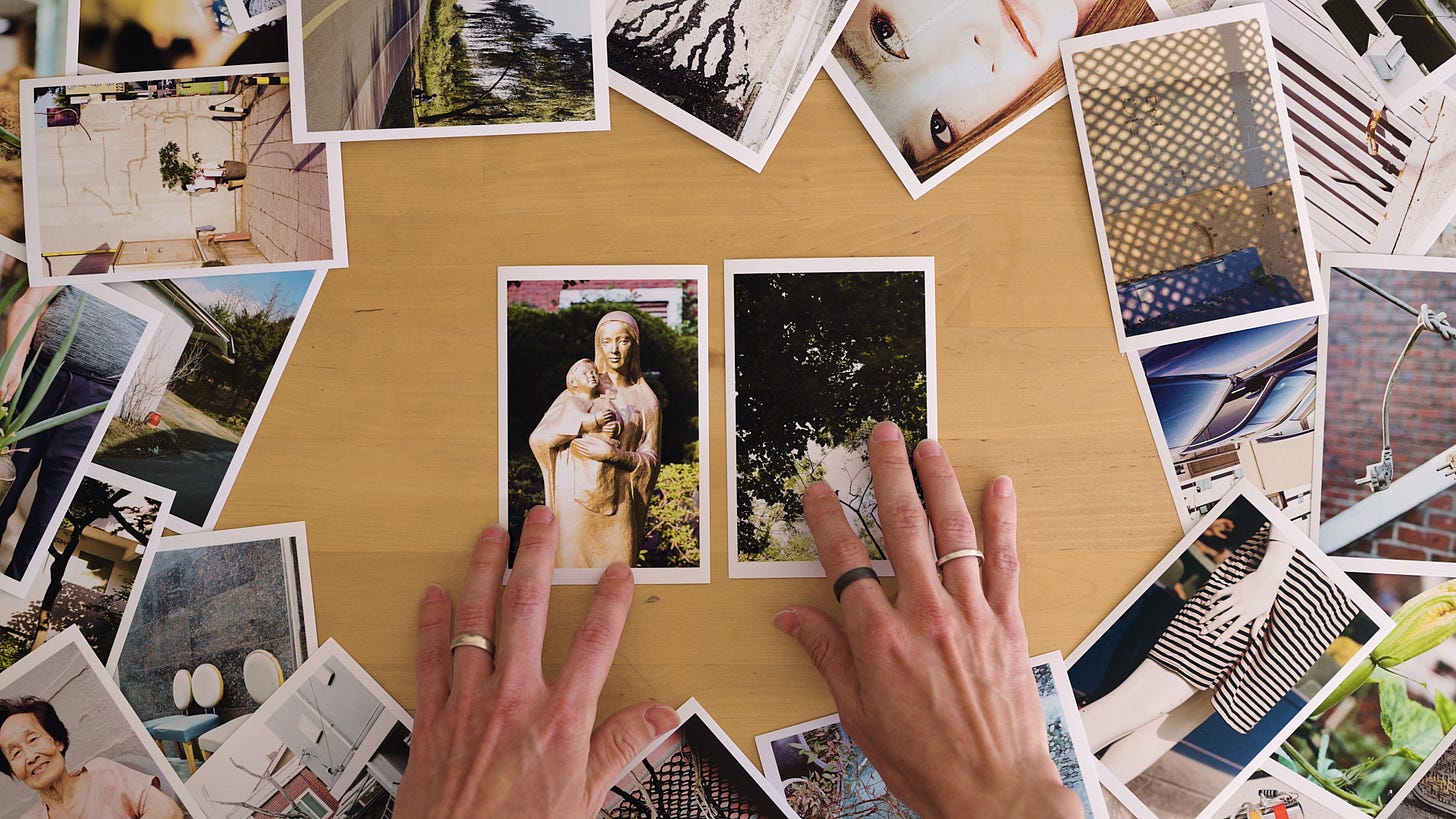

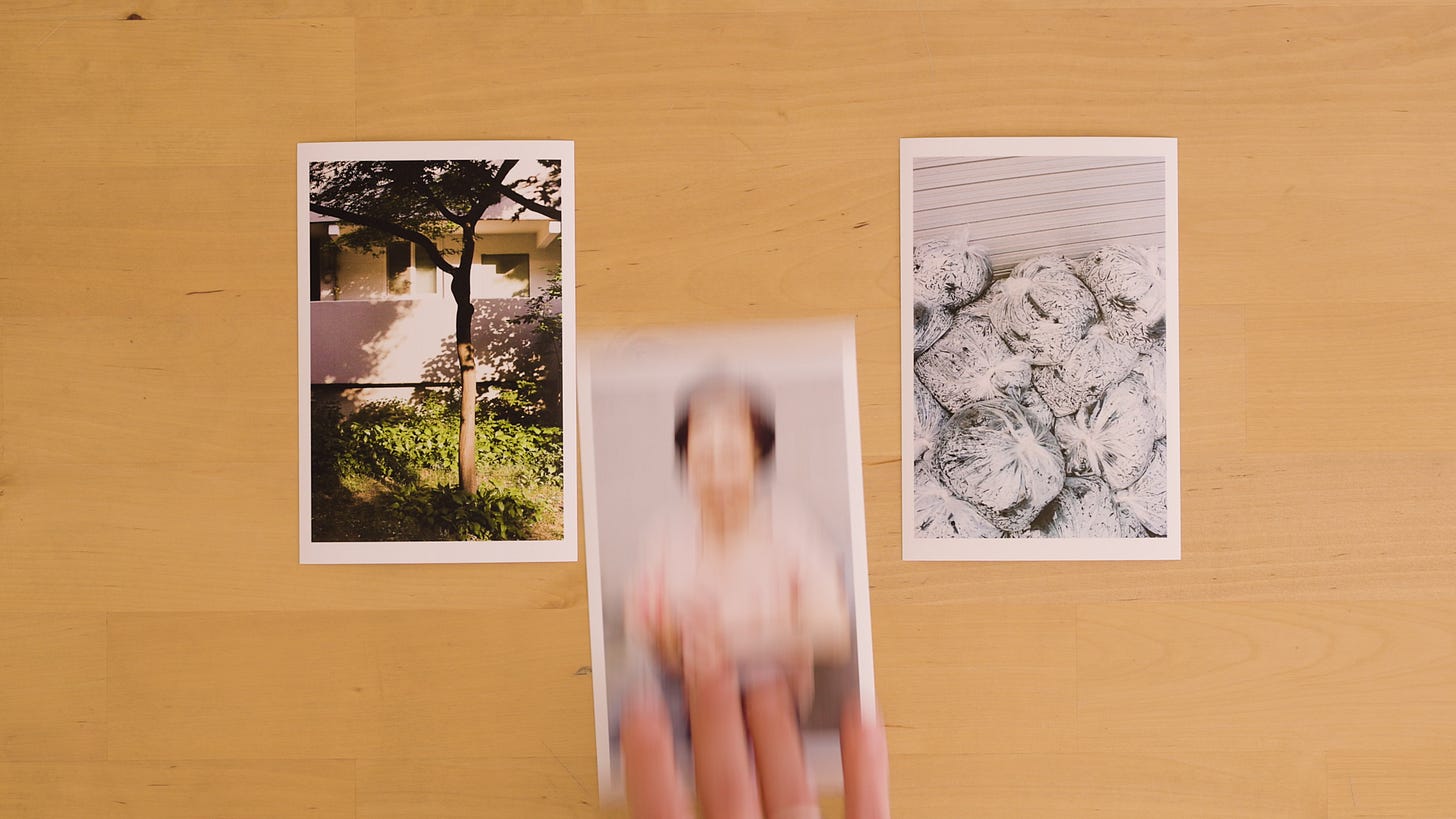

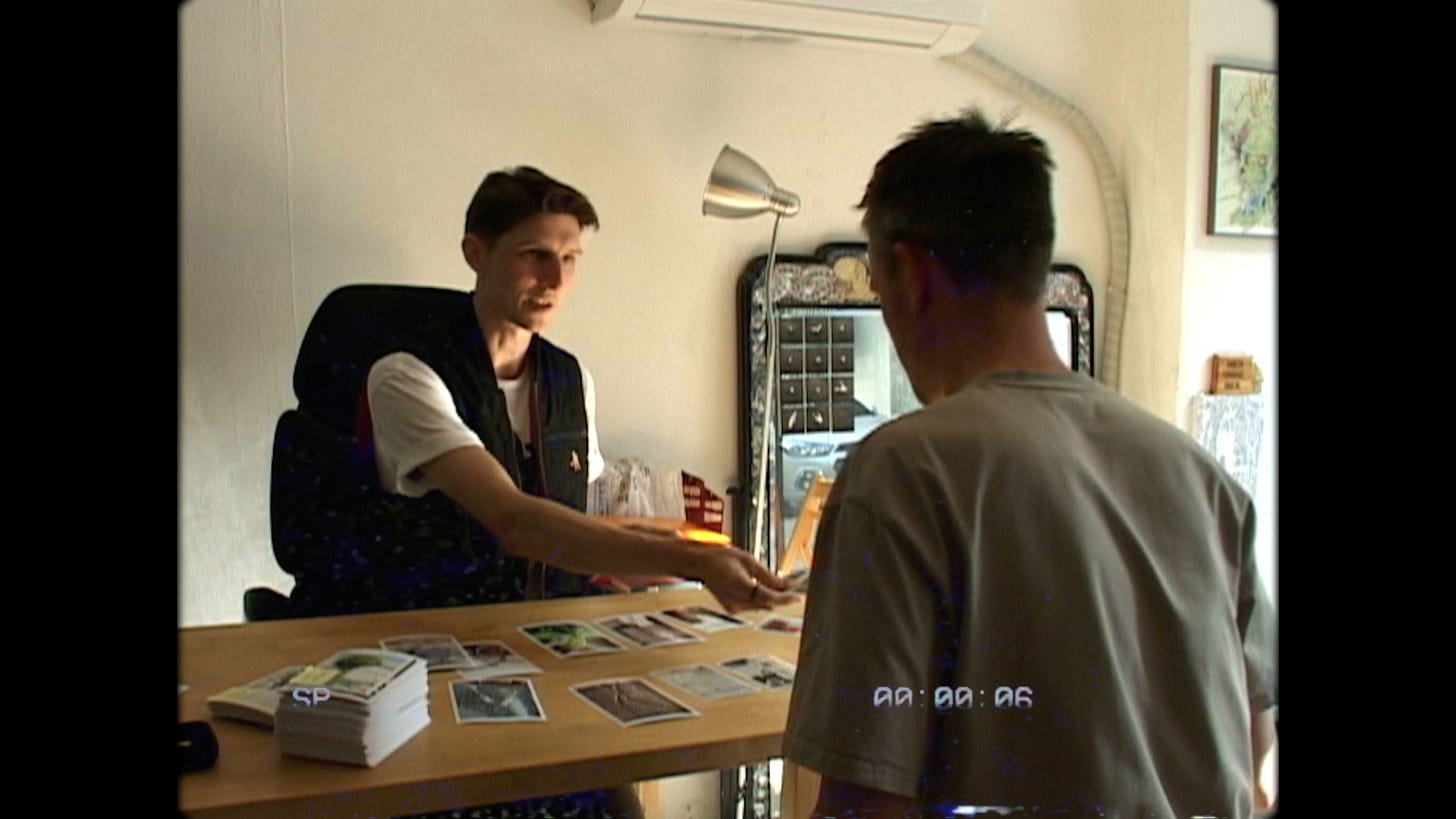

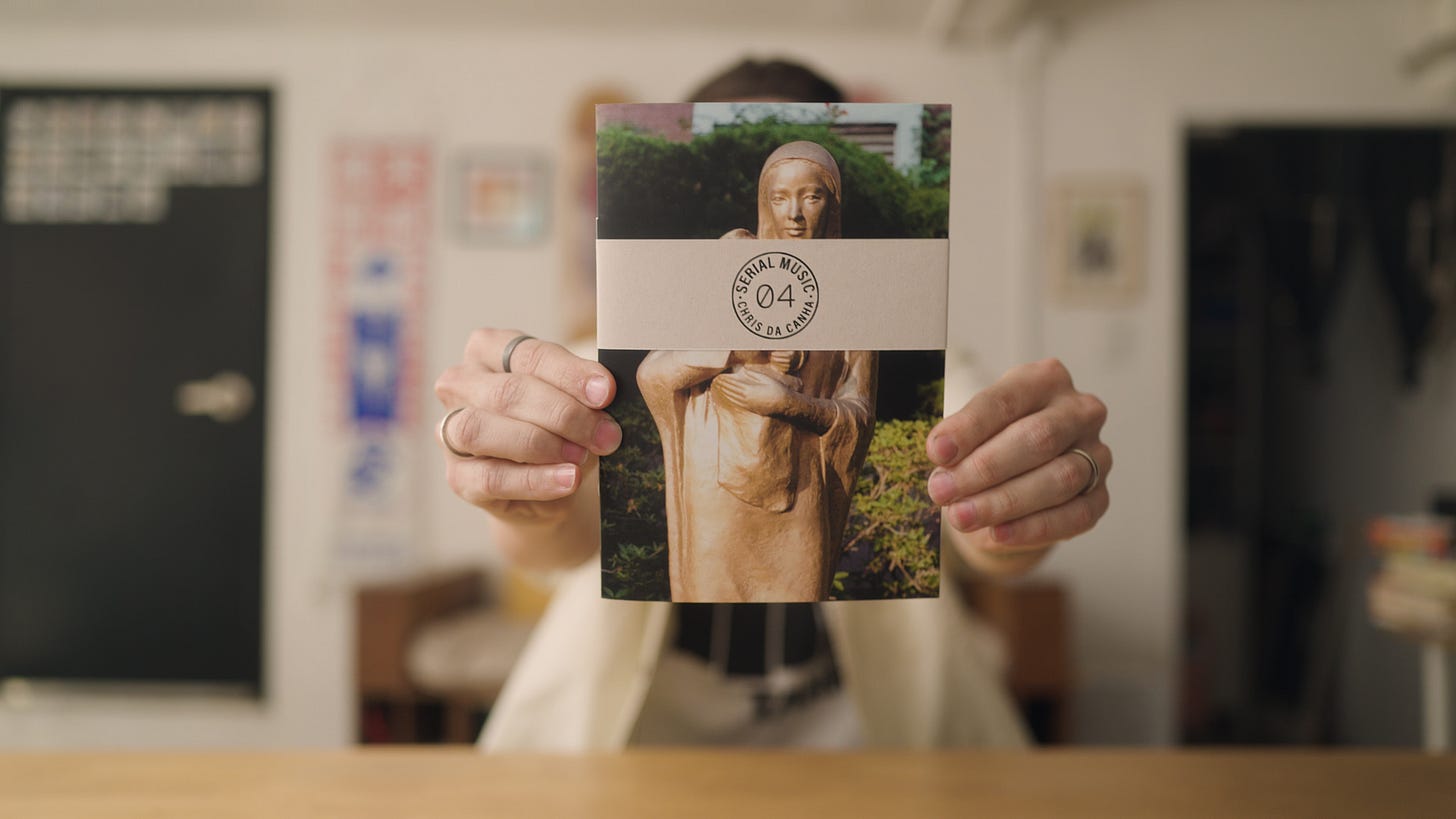
It's so true that actually moving images around in space changes your relationship to them—and their relationship to each other. Love how much you print your work.
How do you print? Do you have a printer or pay for someone to print? Photography paper? I was thinking about printing but there's so many variables and I don't know what to do. Seems to be a great ideia printing a lot o "tiny" pictures like that